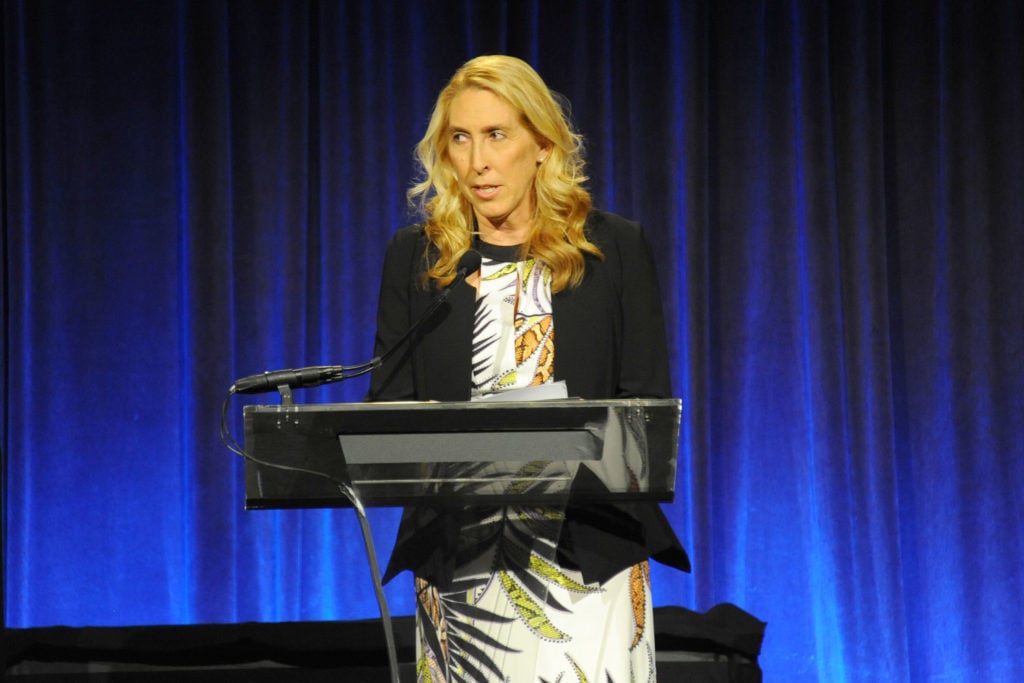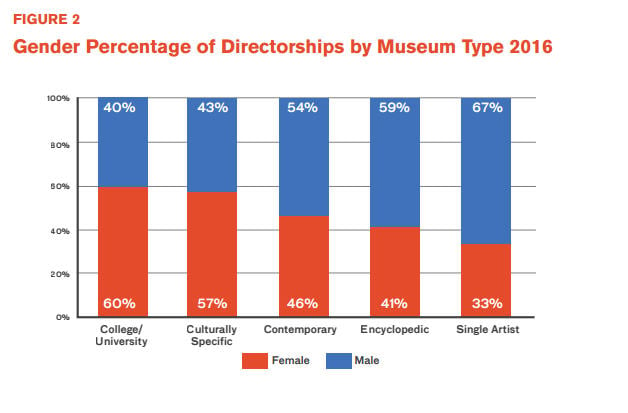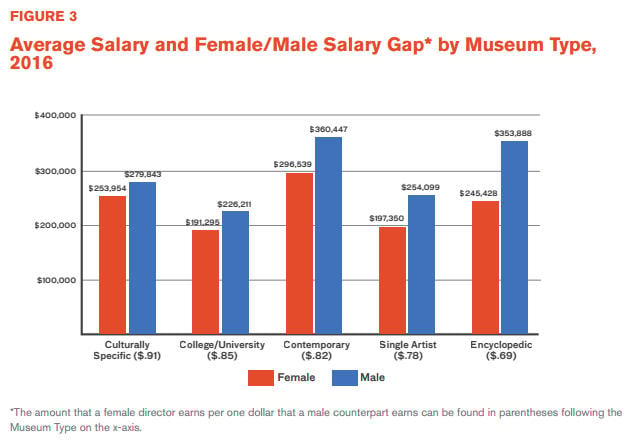Art World
Study Finds There’s (Still) a Gender Gap in North American Museum Directorships
Women museum directors occupy fewer of the top jobs and earn less than their male counterparts.

Women museum directors occupy fewer of the top jobs and earn less than their male counterparts.

Alyssa Buffenstein

The Gender Gap Report 2017, published on March 22 by the Association of Art Museum Directors (AAMD), found that representation and pay equity for female museum directors is getting incrementally better, but a gender gap persists.
The AAMD is a 100-year-old association, with 242 members from the U.S., Canada, and Mexico. The study includes directors of six main types of museums: encyclopedic, college/university, contemporary, culturally specific, single artist, and single medium.
The association’s 2014 Gender Gap Report found that less than half of directorships at art museums were held by women, and that their salaries were lower, especially at the largest museums, determined by operating budget.
According to the new survey, 100 of the 210 responding institutions (nearly half of which were encyclopedic museums) were headed by women, who earned, on average, 73 cents for every dollar earned by their male counterparts.

A visualization of gender percentage of directorships by museum type from the AAMD Gender Gap Report 2017.
And the larger the museum, the bigger the gender gap. 54 percent of museums with operating budgets under $15 million were run by women, compared to 30 percent of museums with operating budgets over $15 million. Of the 13 highest-budget museums, men run 12. Relative to operating budget, women’s salaries are lower than men’s.
But there are some improvements, tracked according to the responses from 181 directors who also responded to the 2013 survey: 48 percent, compared to 43 percent, of directorships are now held by women. In terms of salary equity, women at larger museums, previously earning 70 cents to the male dollar, now earn 75.

A visualization of average salary and male/female salary gap by museum type, from the AAMD Gender Gap Report 2017.
In personal interviews, experienced female museum directors pointed to a potential generational shift—with longtime male museum directors retiring—that could welcome more women in top roles. They emphasized their own role in ushering in a new, gender-equal era, arguing that women in leadership and board roles will help to bring in more women.
They also encouraged women to ask for more money, to challenge the unwritten, and unquantifiable, status quo of social and cultural codes.
Most of all, as written in the report’s conclusion, “[I]t is imperative that open discussion and dialogue continue in order for gender equity to prevail.”